7 Ways to Treat Thin and Fragile Hair

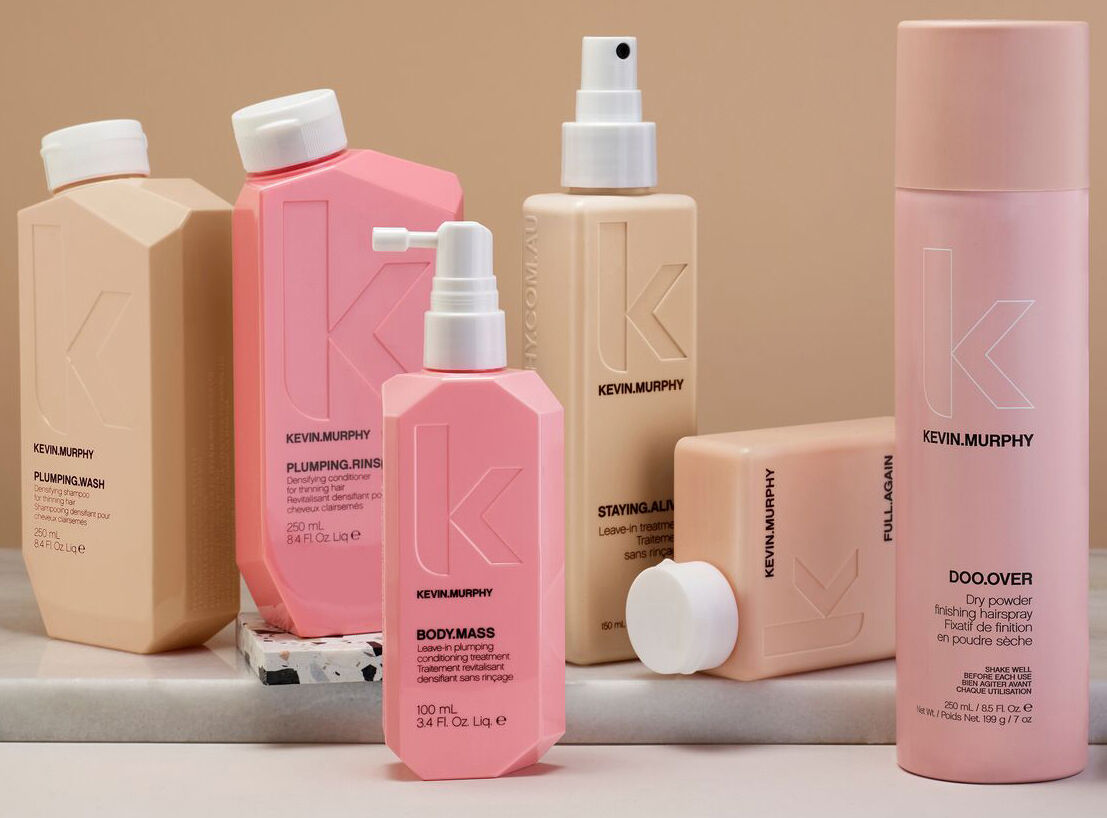
Oftentimes, we hear that hair is the most significant “accessory” a woman can have. It may be a cliché, but it’s also a fact. Lustrous and voluminous hair is a popular aspiration, and even though it might seem difficult to achieve, the right approach to treatment and prevention in a haircare routine will help you get there in no time. Unlike hair type and texture, hair mass and strength are determined by the overall thickness, resistance, and strand density. People with thin hair don’t necessarily suffer from thinning, however, weak hair can lack strength and resilience. Whether the reason for your hair state is genetics, your regimen, or other factors, here are some ways to treat thin and fragile hair to boost its best features and restore its full potential.
Reasons for thin and weak hair
Numerous factors dictate your hair’s thickness and strength, such as genetics, diet, hormones, stress, age, and your environment. At the same time, thin hair can result from styling habits like over-dyeing, or chemical and heat-induced treatments. Heat and chemicals can damage the strands and destroy keratin – one of the crucial elements that make your hair strong and healthy. Brittleness, lack of volume, tangling, slow growth, and split ends are also common features of damaged hair. It can trigger an endless circle of hair issues, and usually, it’s hard to find a single cause for it. However, you can start restoring your hair’s natural properties by applying some of these tips to prevent further damage, nourish the scalp and strengthen the roots.
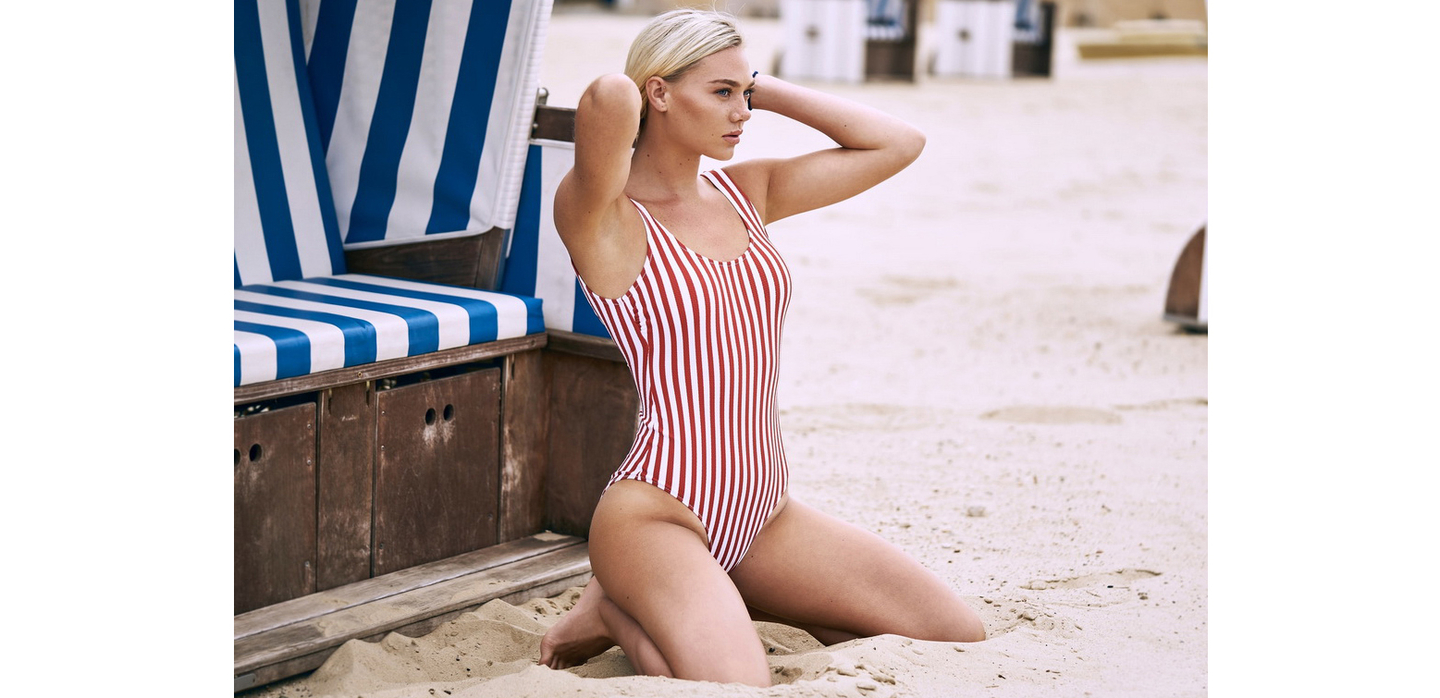

While we all enjoy getting our hair wet during swims, you might want to avoid soaking it often because both, sea saltwater and pool chlorine waters can irritate the scalp, fade colour, and tangle hair
Switch to safe and healthy hair products
When opting for a healthy diet, you would naturally choose quality, organic ingredients because you know they are good for you. You should have the same approach to haircare! Shampoos, conditioners, masques, and other hair products nourish your scalp and hair follicles. Unfortunately, many products that advertise solutions for thickening and strengthening the strands contain harmful ingredients that give faster temporary results, damaging the strands and roots in the long run. That’s why it’s crucial to give your hair and scalp the necessary rest from sulphates and paraben, and a chance to restore their healthy features by switching to premium hair products.
Are you killing your hair or dyeing it?
Hair dyes can do wonders for our looks. They beautify and transform our hairstyle, often boosting confidence and restoring a more youthful look. However, such perks come at a price, especially when using permanent hair dyes. In order to alter your hair colour, the dye penetrates the strands’ protective layers. At the same time, chemicals in them change protein structure permanently. This process can damage most hair types and textures, especially hair that is genetically weaker and thinner, to begin. In addition, there can be more consequences such as dandruff, dryness, brittleness, and hair loss.
If you’re struggling with any of these issues as a result of dyeing your hair, avoid bleaching and dyes with a high percentage of peroxide. There are alternative ways to give your hair the desired colour, that are safe for your scalp and roots. When choosing hair treatments, it’s always a good idea to look at what the experts use. Alternatively, visit a hairstylist that will advise you on the best regimen for your hair concerns.
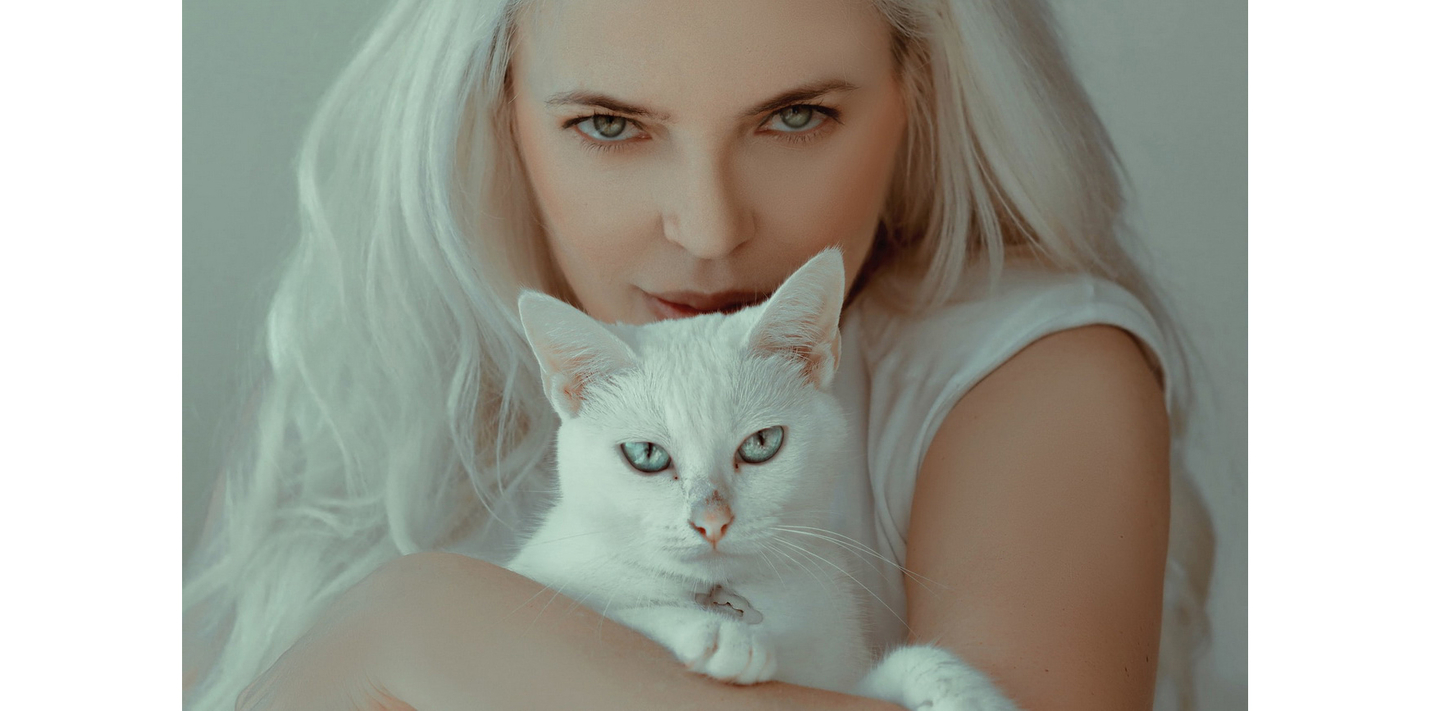

Bleaching is amongst the most dangerous ways to treat thin and fragile hair
Provide extra protection to your hair
As with every other problem in life, prevention is better than cure. You can strengthen your strands if you avoid factors that can accelerate hair damage, such as heat-induced styling, hot blow drying, and chemical treatments. You’re probably thinking “All this sounds great, but it eliminates nearly every styling option!“, and while no one can dispute the importance of great hairdos and certain treatments, it is advisable to stay away from them at least in the beginning stages of your hair recovery. Perhaps you cannot avoid these styling methods forever, but you can do things to shield your hair from harm. One of them is using quality products when protecting your hair from heat damage before styling. Moreover, whenever you have the time, try to skip using a blow-dryer and let your hair air dry.
Introduce a balanced diet
Food fuels our metabolism, giving it strength and energy. It affects every part of our body, including hair, nurturing it with minerals and vitamins that boost its natural traits. Thus, enriching your diet with the right food will improve your genuine well-being, restore resistance and improve your health. If you’re challenged with thin and fragile hair, introduce these essential elements to your diet:
- Omega-3 – You can find the ingredients with the essential fatty acids that balance out scalp lubrication in sardines, trout, herring, salmon, and other fish species. However, if you prefer vegan products, alternatives are walnuts, avocado, and pumpkin seeds.
- Protein and iron – These are crucial elements for heat and UV protection of hair. You can get them from most types of meat, especially red, but also in dairy and egg products. Alternatively, consider adding more legumes, lentils, spinach, broccoli, beans, and other greens.
- Vitamins A, E, and C – Ingredients rich in beta-carotene such as pumpkins and carrots, selenium in nuts, and powerful antioxidants found in blueberries, oranges, kiwi, blackcurrant, papaya, and lemon will provide the best vitamin mix for you and act as immunity boosters.
- Zinc – Wholegrain cereals, eggs, and oysters will significantly help protect the scalp.
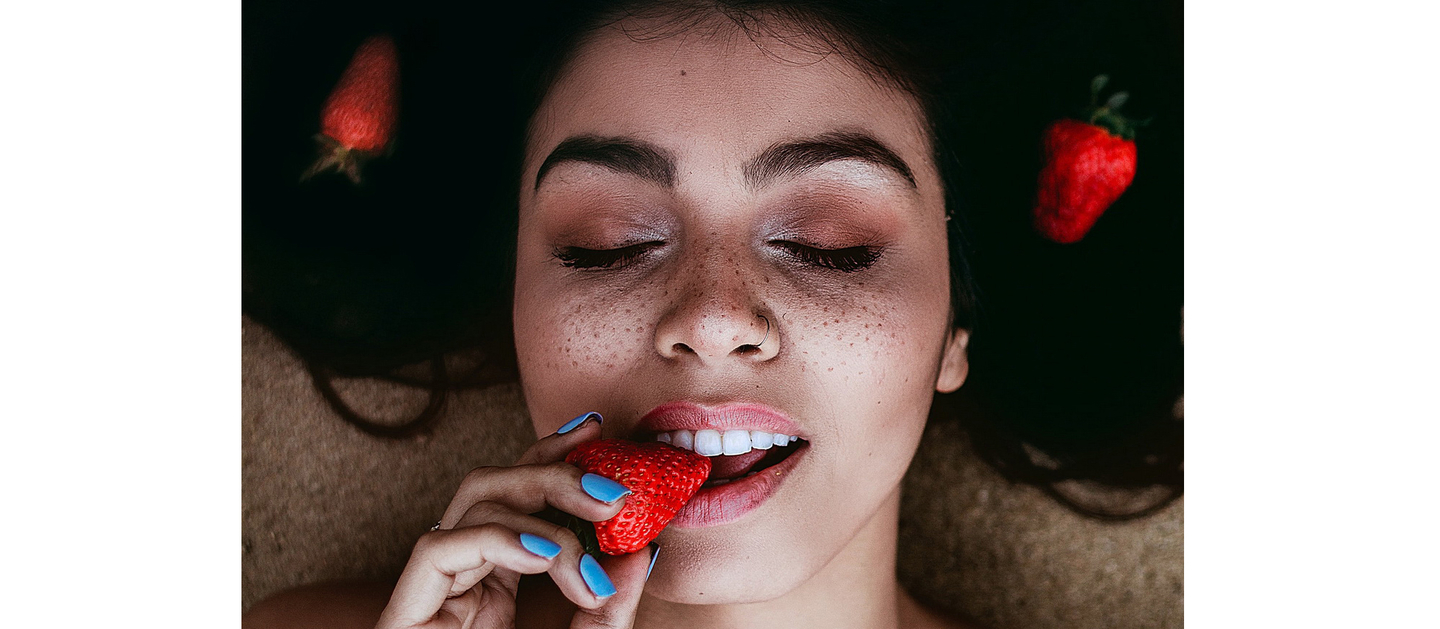

Eliminating stress from your life will benefit not only your hair but also your overall well-being
Wash your hair the right way
Your hair-washing routine can significantly affect the state of your hair. By this, we don’t mean simply using the right products, but also the way you wash your hair.
With every wash, try to go easy on your scalp. Use the correct shampoo for your hair type and specific hair issue, and apply it to roots instead of whole hair and ends. Massage the roots gently, and rinse. If necessary, apply the shampoo again. However, when using conditioner, avoid the scalp, and focus on the bottom half of your hair. Proper conditioning is an important step in your wash routine, especially if you have problems with dry, brittle hair that is prone to split ends. Applying conditioner will soften and hydrate the strands, preventing further breakage and damage going up the strand.
The same goes for drying!
After the wash, dry your hair with a soft towel without rubbing it too vigorously. Thin hair is more fragile after washing. Excessive rubbing can lead to breakage, tangling, and scalp irritation.
Men are especially prone to being rough to their hair while drying it with a towel! The often frequency of the wash and poor care can enhance genetic dispositions for hair thinning and hair loss. Thus, proper hair care is a must to preserve and enhance your glorious man-mane.
The same also applies to combing. Avoid brushing it while it is wet. Instead, apply a treatment that will help with untangling and run your fingers through your hair to get rid of stubborn knots before using a comb.

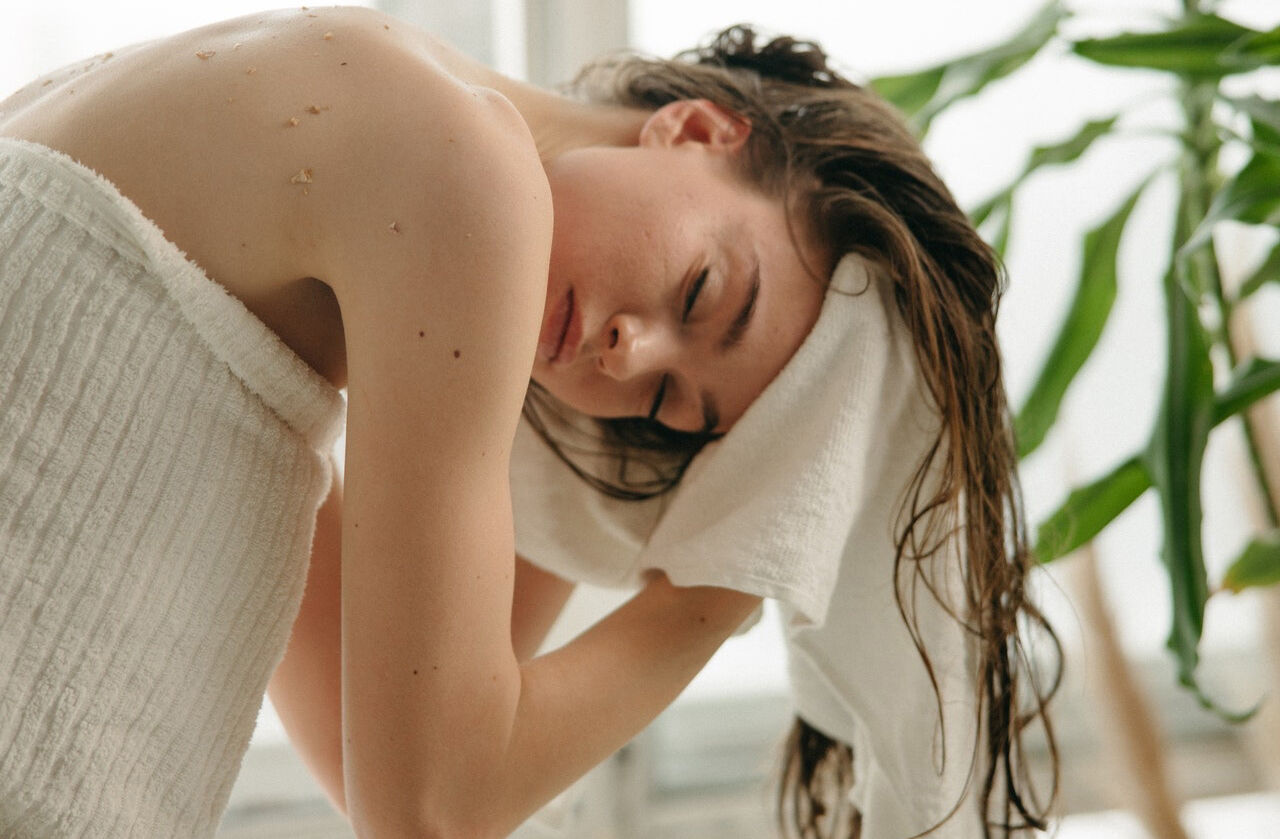
If you’re experiencing any scalp discomfort, occasional massages with quality scrubs and essential oils can help with symptoms
Tips and tricks to make the most of your hair
It is no secret that thin hair is more susceptible to damage, especially when it lacks hydration. Therefore, extra hydration is a good first step to adding some volume to your strands. You should also opt for products that thicken your hair by enriching your regimen with essential oils, herbal extracts, and fruit acids. However, it is important to know that treating thin and fragile hair requires more than just quality natural products and a change of negative habits – time and patience are also necessary! After applying these expert tips, you should see some results very quickly. Still, if you can’t wait for complete rejuvenation and regeneration, you might consider choosing a new hairstyle that is suitable for your hair texture and strand condition. Consider consulting with your local stylist who might recommend a cut, trim, or hairdo to speed up the hair healing process.
Featured image source: lavishlocks_meghan


